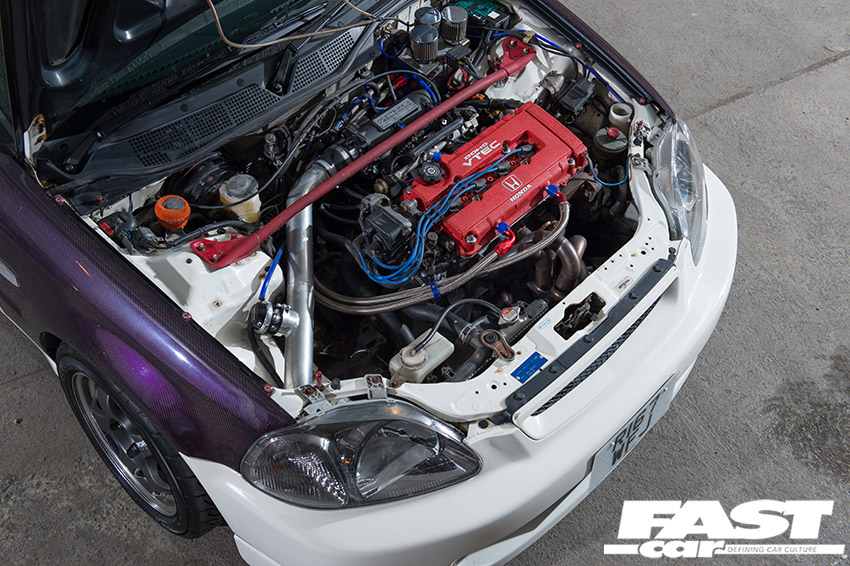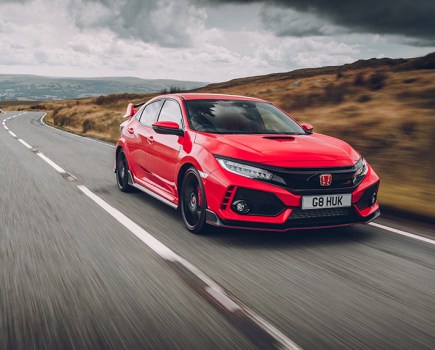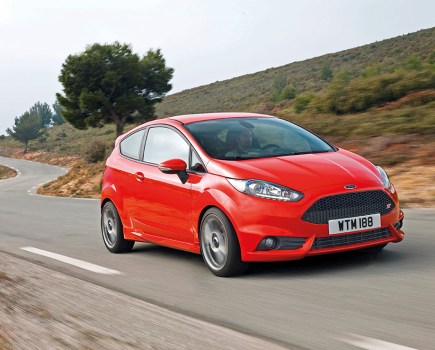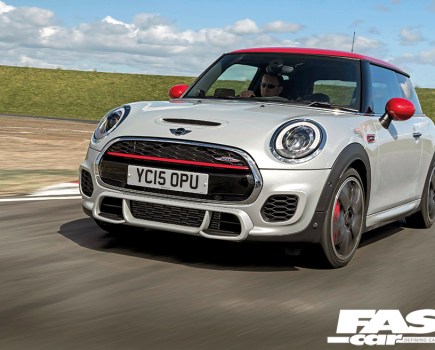Want a slice of the high-revving life? Then check out this Honda VTEC guide to find out more about these Jekyll & Hide four-cylinder motors.
Why is it that the Honda Civic Type R is such a revered hot hatch? Well, a large chunk of the reason why is because of the car’s connection to Honda’s characterful VTEC performance engines.
A contracted acronym for Variable Valve Timing and Lift Electronic Control (as VVTLEC is a bit of a mouthful), Honda’s VTEC system is more than just a clever piece of valve timing.
It’s a lifestyle. Much like how forced induction is addictive, and therefore people who experience turbos or superchargers for the first time immediately get hooked on boost.
So it is with VTEC: once you’ve held onto that steering wheel with white knuckles beyond 8,000rpm, the howling motor sounding fit to explode and yet relentlessly goading you on, you’ll never look back. VTEC is a drug.
Honda VTEC Guide
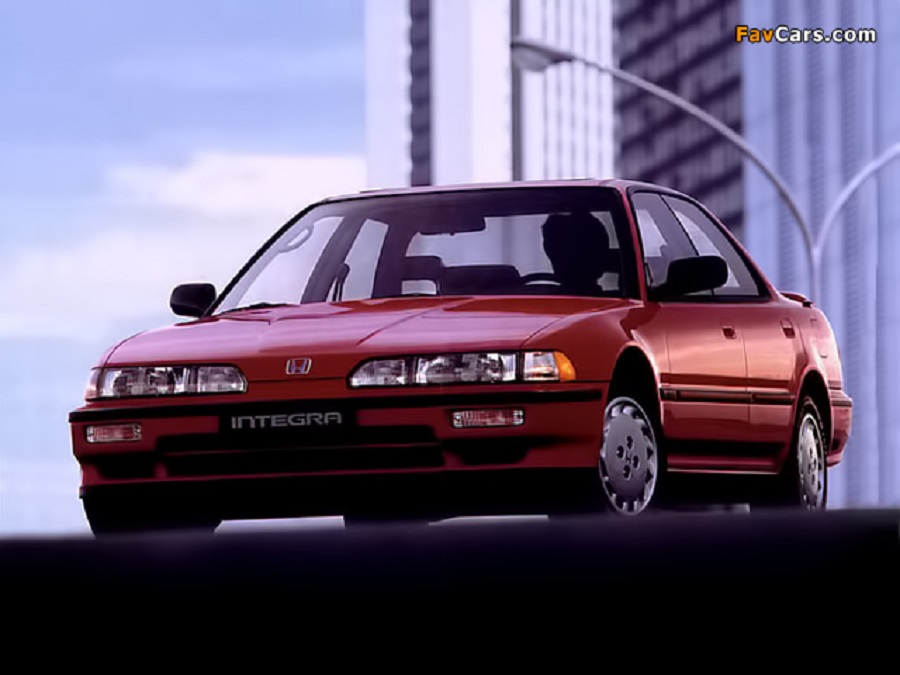
History
Big motors have always been subject to punishing taxation in Japan, hence their manufacturers’ enthusiasm for improving the efficiency of smaller displacements. Toyota love forced induction, Mazda are the modern masters of the Wankel, and Honda’s VTEC system is their own special brand of cleverness, fusing economy with lunacy depending on how heavy your foot is.
The technology first appeared on motorbikes in the early 1980s, with the first DOHC VTEC car being the 1989 Integra XSi (as pictured above). A similar variant of the engine appeared in Europe shortly after in the CRX, and then the NSX’s clever V6 pushed VTEC onto bedroom wall posters across America. DOHC VTEC motors spread across the range, in Del Sols and Preludes and whatnot, and Honda developed a SOHC VTEC system (the VTEC only operating on the intake valves) to beef up their existing single-cam engines. Further innovations included VTEC-E, 3-stage VTEC and i-VTEC. The latter offering continuously variable intake cam timing.
The system allows Honda to offer the perfect engine. One that is sensible and frugal when pottering around town, but angry and wild when you’re giving it a workout. And it’s become a cultural icon in recent years, the manner in which the cam profile shifts being akin to a spaceship going to warp speed. “VTEC just kicked in, yo!”
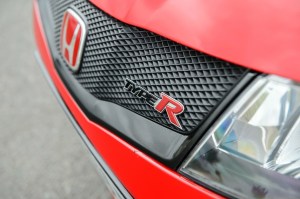
Which Type R VTEC engine is right for you?
Over the years, the Honda Civic Type R has come in various shapes and sizes, and the same is true of its powertrain. Despite bearing the same badge, a Mk1 EK9 Type R is a very different driving prospect to the latest Mk6 FL5 Type R. As such, aside from factors like budget and style, the engine under the hood may also be a deciding factor in which hot Civic you buy.
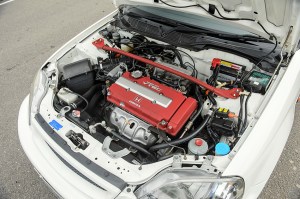
B-Series
Let’s start at the beginning with the EK9‘s B16B unit. If there was ever any engine to best define what VTEC is all about, it would be this one. An evolution of the B16As found in those aforementioned Del Sols and Preludes, the B16B was small but mighty. By today’s standards, its output figures of 185PS and 118lb ft of torque would hardly win you a game of Top Trumps. However, such surface level analysis would be missing the point entirely.
What made the B16B special was the fact that it reached those peaks at 8200rpm, and 7500rpm, respectively. In other words – it’s a screamer. In fact, the redline on these engines sits as high as 8400rpm! Adding to the pantomime of such an enthusiastic powertrain is, of course, the VTEC crossover point, which lies at 6100rpm on the B16B. Of all the VTEC engines produced, the B16B’s crossover surge is definitely the most pronounced.
The B-Series architecture also formed the basis of various other VTEC-equipped motors, including several iterations of B16A, and the higher displacement 1.8-litre B18C that you can find in DC2-generation Integra Type Rs. As you’d expect, the B18C is marginally more powerful, and produces marginally more torque as well.
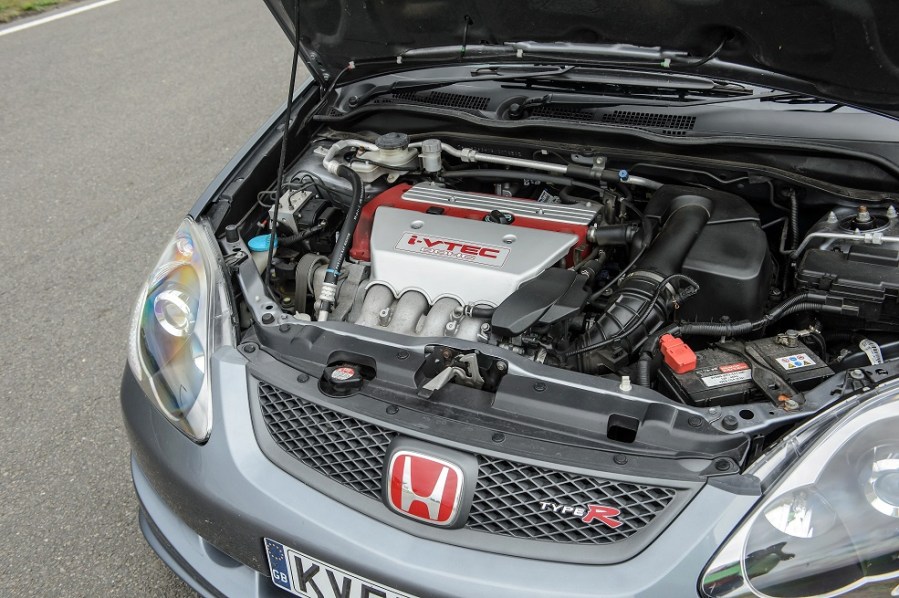
K-Series
Heading into the new century, Honda’s B-Series contingent of engines bit the dust. In their place, the new K-Series line was introduced. The EP3 generation of Civic Type R came from the factory with a 2.0-litre K20 block, but depending on where you are in the world, you would’ve had a slightly different experience. JDM EP3s were blessed with the K20A (as were DC5-gen Integras), which produced 215PS – 15PS more than the K20A2 found in European market EP3s. Bit rude.
Like its B16B predecessor, the K20 lacks low-end torque, giving it a slightly ‘grocery-getter’ feel when simply driving about town. However, when you want to drive it hard, this naturally-aspirated engine will sing all the way to 8400rpm – the same as the B16B. VTEC kicks in about 100rpm earlier than the old engine though.
The Civic Type R retained its naturally-aspirated roots for the FN2 & FD2-gen vehicles as well. Arriving in the mid-2000s, the FN2 hatch was destined for Europe, whereas the FD2 sedan was for Japan only. Mirroring the JDM EP3 that went before it, the FD2 was a more powerful car than its European counterpart. The K20A in that thing produces as much as 225PS, whereas the Swindon-built FN2 actually features a slightly different engine altogether. the K20Z4 manages an output of 201PS, but that single-figure increase over the EUDM EP3’s K20 is rather mitigated by its excess weight. What’s more, it ‘only’ revs to 8000rpm – 400rpm less than the K20A. However, to make up for it, VTEC kicks in earlier at around 5400rpm.
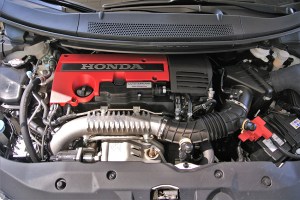
Modern turbocharged ‘VTEC’ engines
Big changes were afoot by the time the mid-2010s rolled around. The fourth-gen FK2 Civic Type R heralded the arrival of turbocharging. Its K20C1 “Earth Dreams VTEC Turbo” engine sadly doesn’t have the same character as older K-Series performance blocks. That VTEC crossover point no longer exists in these modern examples. Instead, power delivery is pretty linear. It also doesn’t rev quite as high, though a 7000rpm redline is still pretty fun.
What the K20C1 perhaps lacks in drama is more than made up for in power though. Thanks to forced induction, it makes a whopping 310PS; 320PS in the later 2017+ FK8 model. You also get slightly better fuel economy than the N/A motors too… if you’re into that sort of thing.

Look out for…
When you’re buying a used Honda, the main thing you need to check is whether it’s been looked after. The marque is legendary for its reliability, so the thing that stymies them is owners not paying them the right sort of attention, or using them inexpertly (taking a stone-cold engine straight into VTEC, say, or forgetting to regularly peep at their dipstick).
So interrogate the history as closely as you can and, ideally, interrogate the owner too. Modified cars are nothing to be afraid of as long as they’ve been modified well with quality parts. But be wary of a hopped-up Honda with blingin’ rims and a shouty exhaust that doesn’t even have matching tires. These cars should be about function first, form second.
The other key thing to bear in mind is that these cars will have been driven hard and, while the mechanicals are more than up to the punishment, you know what can result when cars are driven to the limit: accidents. So make sure everything lines up, there are no questionable repairs, and the car’s straight and true.
VTEC Tuning
What some in-depth info on VTEC tuning? Well look out for our VTEC Tuning guide!
Words by Dan Bevis & James Bowers.

